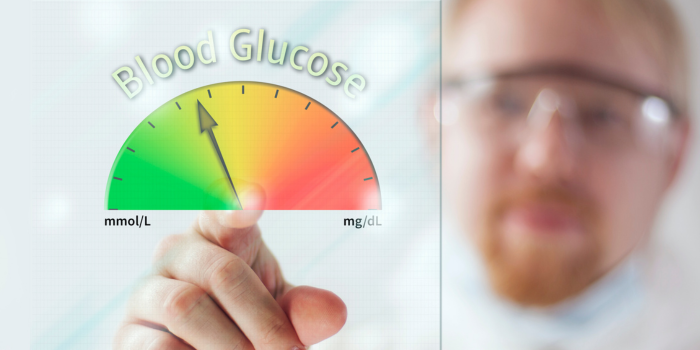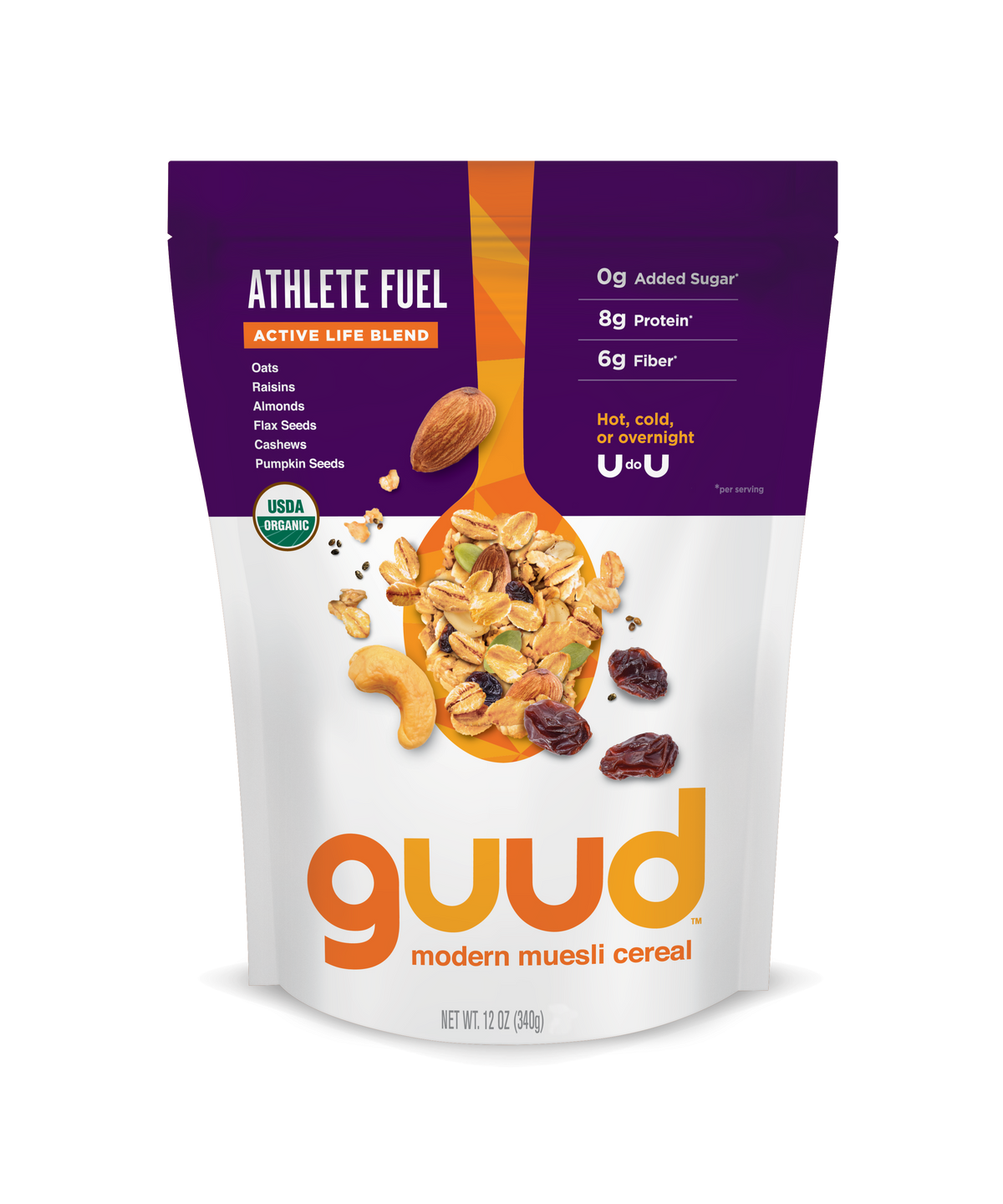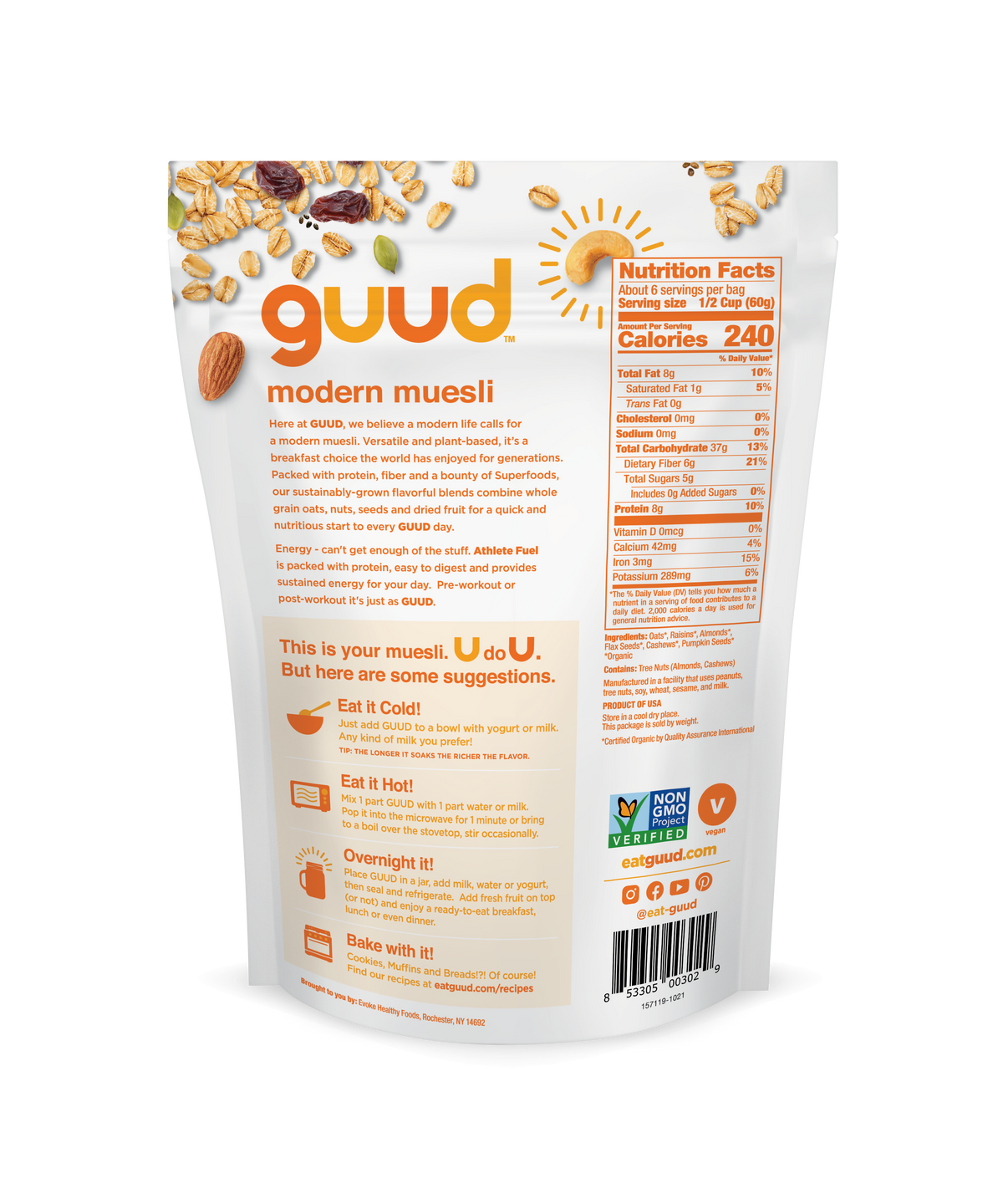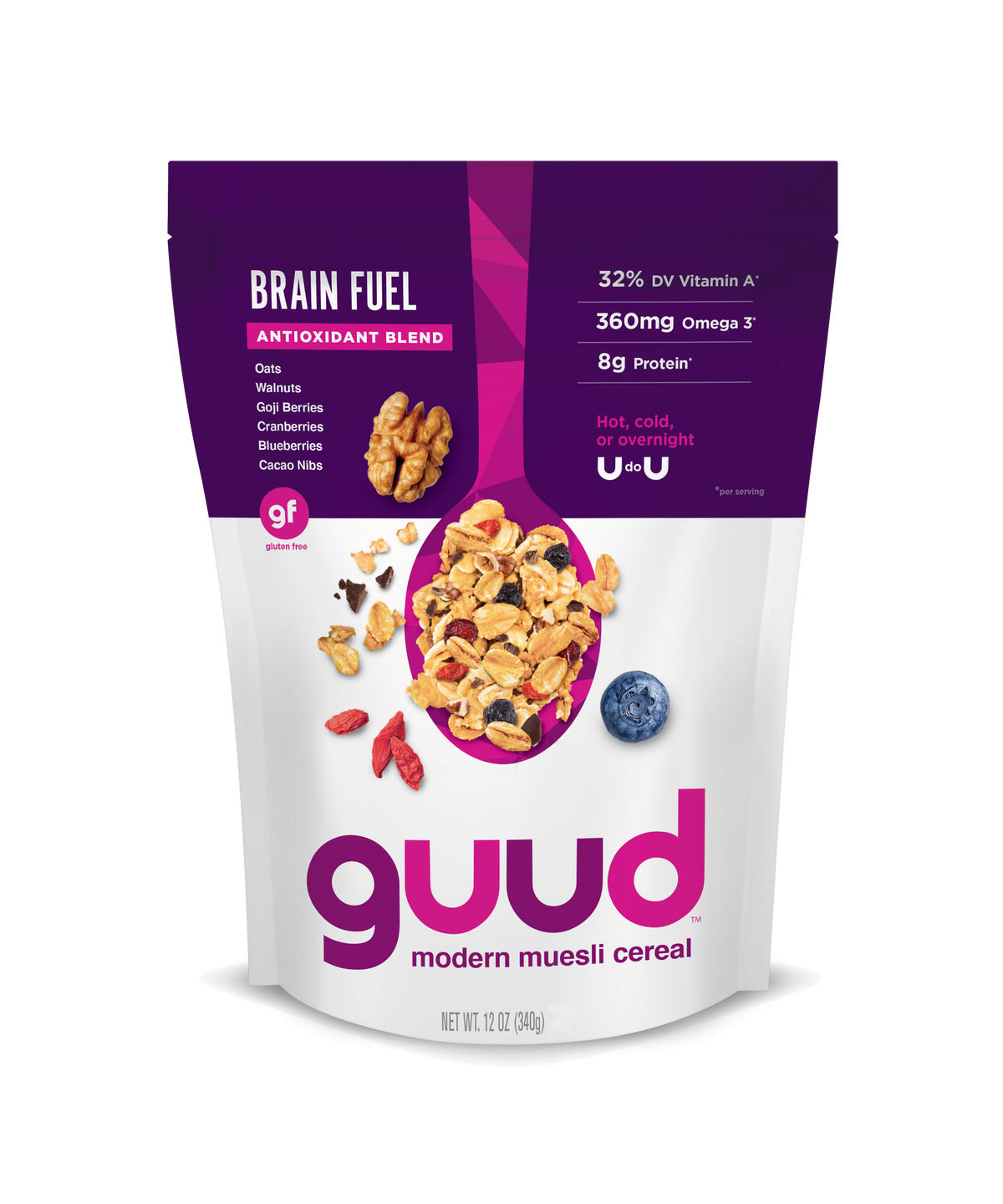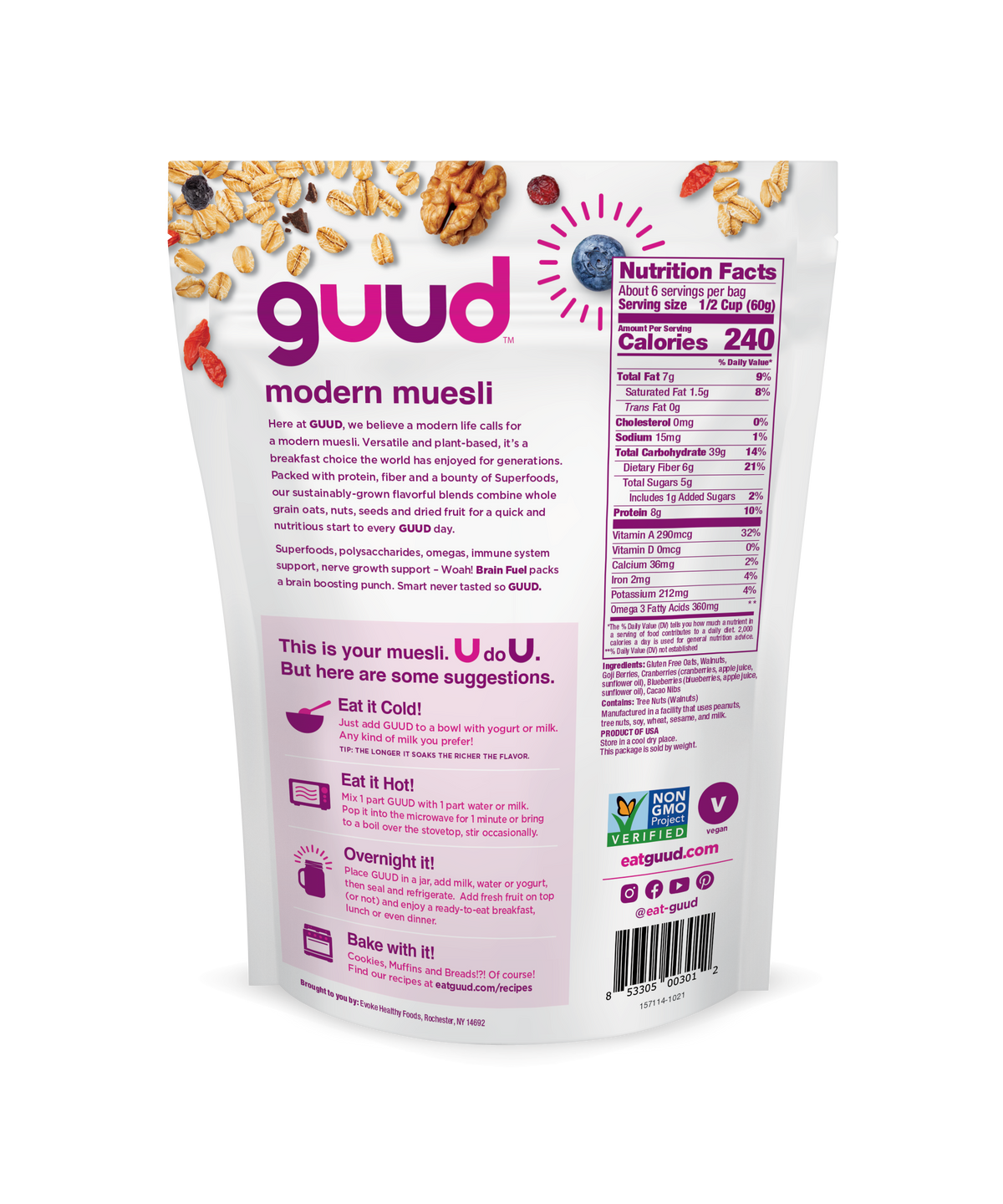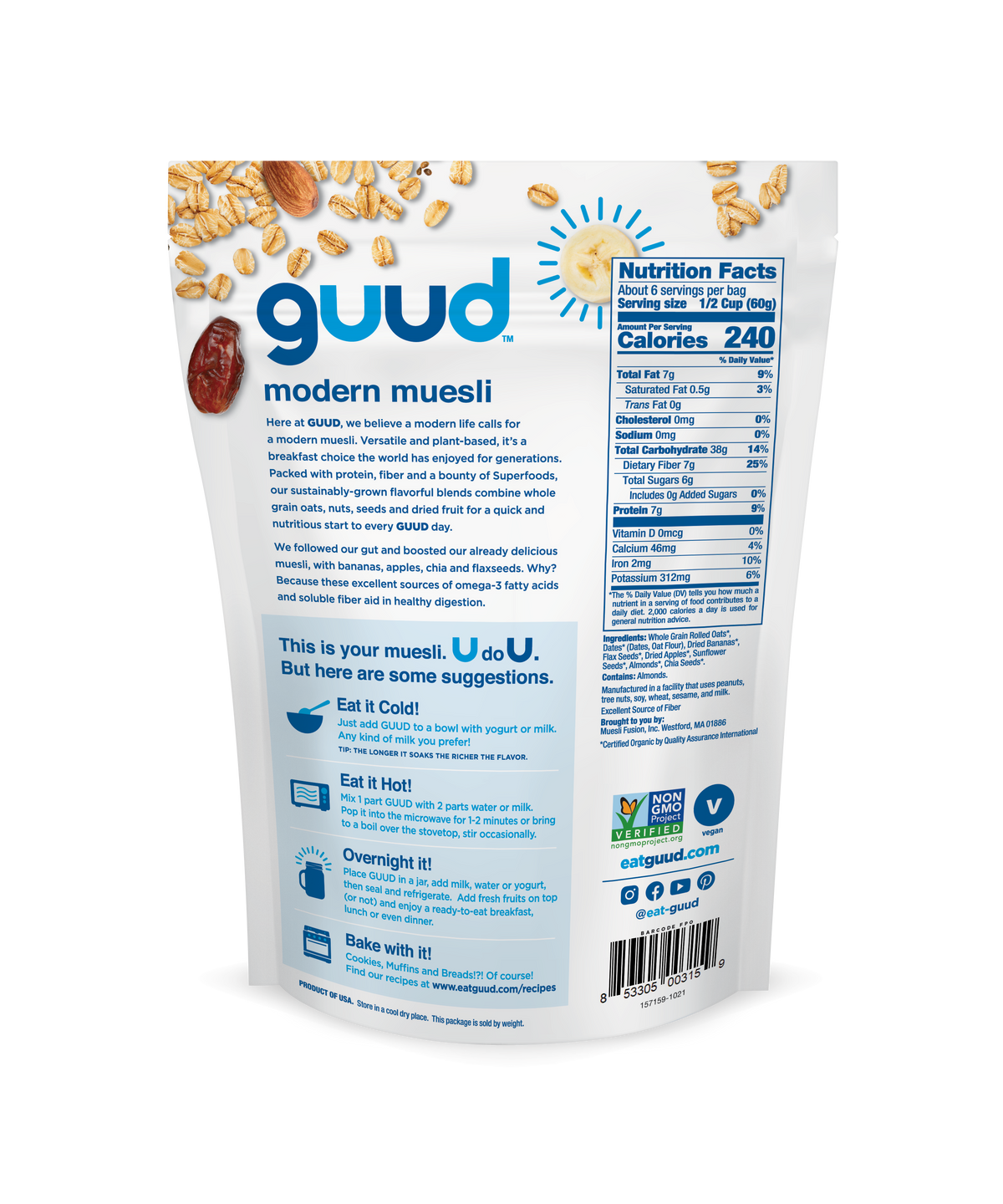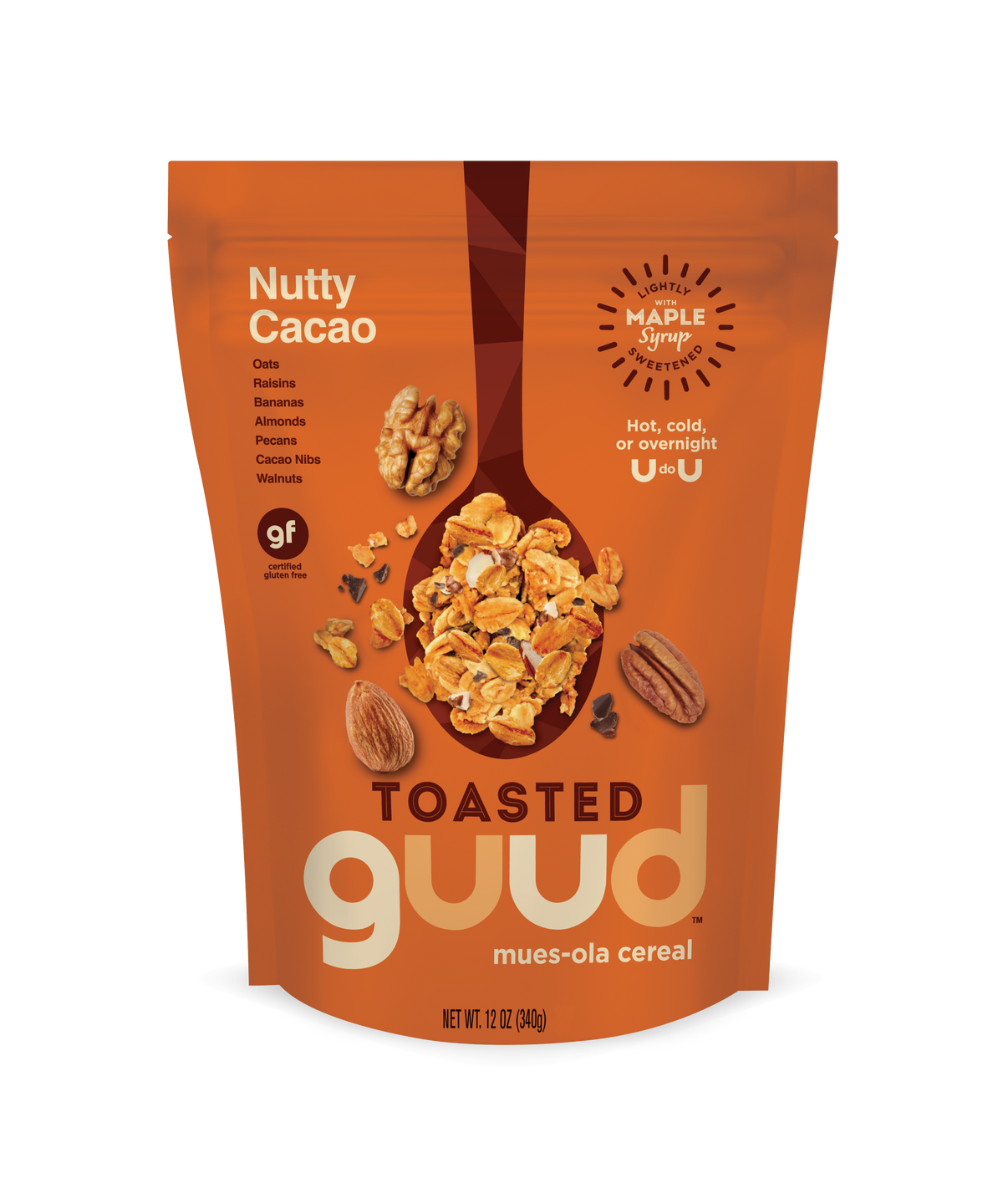Satiety refers to the feeling of fullness and satisfaction that you experience after eating a meal. In other words, it's the sensation of not wanting to eat anymore because the food you just consumed was enough to reduce your appetite and cravings.
Not every meal leads to satiety. In fact, you can eat plenty of calories from ultra-processed foods, sugary snacks, and sweetened beverages but still feel hungry.
Certain foods do a better job of filling you up than others due to their specific nutrients, such as protein, fiber, and healthy fats. Below, find out why it's important to focus on eating whole foods that promote satiety—considering research shows it's necessary to regulate your food intake and maintain a healthy body weight.
What Is Satiety? + Why It's Important
Satiety is triggered by a variety of factors, including the release of hormones, stimulation of nerves, and processes within the digestive system. Choosing the right types of foods—such as whole grains and vegetables—can help increase satiety (the feeling of fullness) and provide sustained energy throughout the day by positively influencing these physiological factors.

Satiety is influenced by some of the following factors:
- Nutrient composition of foods: It's not necessarily how many calories you eat that makes you feel full, but rather where you get the calories from. Various foods can affect satiety in different ways; for example, foods that are high in protein, fiber, and volume (including from water) tend to be most filling and useful for preventing weight gain. These foods promote greater satiety than foods that are refined carbs and sugar. Fats can also help you feel full, however eating lots of fatty foods may cause you to over consume calories.
- How fast you eat: Eating too quickly can interfere with your body's ability to recognize when it has had enough to eat. Eating slowly and mindfully, such as by taking about 20 minutes to eat a meal, can help you manage your food intake more easily.
- Your mood: Psychological factors such as stress, boredom, and "emotional eating" can interfere with satiety signals and lead to overeating.
- Release of hormones: Hormones such as leptin, ghrelin, and peptide YY play a role in regulating hunger and fullness. Leptin is produced by fat cells and helps signal to the brain when the body has had enough to eat. Ghrelin is produced by the stomach and stimulates hunger. Peptide YY is produced by the digestive system and helps reduce appetite.
Foods That Contribute to Satiety + Fullness
In order to promote satiety, prevent cravings, and eat mindfully, focus on choosing foods that fill you up and diminish hunger for as long as possible. By choosing a variety of foods that are high in protein, fiber, water, and healthy fats, you can more easily control how much you eat and make healthy choices that sustain your energy throughout the day.
Here are some of the best foods for managing hunger:
- Protein-rich foods: Protein is known to be the most satiating macronutrient because it takes a lot of energy for the body to break down protein. Including protein in your meals may help you eat less overall. Foods that are highest in protein include meat, fish, poultry, eggs, dairy, beans, lentils, nuts, and whole grains.
- High-fiber foods: Fiber is another nutrient that can help increase satiety because it absorbs water, is digested slowly, and takes up a lot of room in your digestive system. High-fiber foods also tend to have a lower glycemic index, which means they release their energy more slowly and can help maintain energy levels throughout the day. Foods that are high in fiber include whole grains, fruits, vegetables, beans, nuts, and seeds.

- Foods high in volume and water: Foods that are high in water, such as fruits and vegetables, are filling even though they're low in calories. You can eat a larger volume of these foods without consuming too many calories, helping with weight management. They also provide sustained energy due to their rich supply of vitamins, minerals, and antioxidants. Examples of water-rich foods include berries, melons, cucumbers, lettuce, and tomatoes.
- Healthy fats: Fats eaten in moderation are an important macronutrient that can help make you feel full for longer. Including healthy fats in your meals provides a slow, steady source of energy and aids in nutrient absorption. Healthy sources of fats include avocados, nuts, seeds, olive oil, and fatty fish like salmon.
The Best Diet for Lasting Energy
Similar to foods that promote fullness, foods that give you lasting energy are typically those that are rich in protein, complex carbohydrates, fiber, and/or healthy fats. All of these nutrients are digested slowly, cause your body to release "fullness hormones," and help to regulate your blood sugar.
Here are some examples of energizing foods:
- Whole grains: Whole grains such as rolled oats, quinoa, and brown rice are rich in complex carbohydrates and fiber, which provide a slow release of energy. For example, one study found that β-glucan, a viscous soluble fiber found in oats, has effects in the intestines that boost satiety.
- Fruits: Many fruits (including dried fruits), such as apples, bananas, and oranges, are high in fiber and natural sugars that can help improve energy levels.
- Vegetables: Vegetables such as sweet potatoes, squash, and carrots are good sources of complex carbohydrates and fiber.
- Nuts and seeds: Nuts and seeds are rich in healthy fats, protein, and fiber. Almonds, walnuts, chia seeds, and pumpkin seeds are also all good options.

- Legumes: Legumes such as lentils, chickpeas, and black beans are rich in complex carbohydrates, fiber, and protein.
- Lean proteins: Lean protein sources such as chicken, fish, and tofu provide sustained energy and can help keep you feeling full and satisfied.
- Water and fluids: Additionally, staying hydrated and getting enough sleep can also help improve energy levels.
On the other hand, some foods zap your energy, make you feel sluggish, and contribute "empty calories" to your diet that leave you hungry soon after eating.
Here are some examples of foods to limit or avoid, since they tend to cause a sudden energy crash or drop in blood sugar levels:
- Sugary foods and drinks: Foods and drinks that are high in sugar, such as candy, soda, and pastries, can cause a sudden spike in blood sugar levels followed by a crash. This can leave you feeling tired and lethargic.
- Refined carbohydrates: Refined carbohydrates such as most cereals, granolas, white bread, pasta, and baked goods are quickly digested and can cause a rapid rise in blood sugar levels, followed by a crash.
- Fried foods: Fried foods are high in fat and can take longer to digest, which can leave you feeling bloated and tired.
- Processed snacks: Processed snacks such as chips, crackers, and cookies are often high in "empty calories" from sugar, refined carbohydrates, and unhealthy fats.
- Alcohol: Alcohol can cause dehydration and disrupt sleep patterns, leading to fatigue and a decrease in energy levels.
- Large meals: Consuming large meals, particularly those high in fat and refined carbohydrates, can cause a drop in energy levels as the body works to digest the food.
Meal Ideas to Make You Full and Focused
Now that you know which food combinations are best at promoting satiety, let's look at how to put these tips into practice.
Here are some meal ideas that can help you feel full and energized:
- Muesli with nuts and fruit: Start your day with a bowl of muesli topped with your favorite nuts and fresh fruit. Muesli is made with whole-grain rolled oats that are high in fiber and complex carbohydrates, while nuts provide healthy fats and protein, making for a filling and energizing breakfast.
- Quinoa and vegetable salad: Mix cooked quinoa with roasted vegetables, such as sweet potato, zucchini, and bell peppers, and top with a lemon vinaigrette dressing. Quinoa is a complete protein and a good source of fiber, while vegetables provide important vitamins and minerals.
- Grilled chicken and vegetables: Marinate chicken in your favorite herbs and spices, then grill and serve with roasted vegetables such as broccoli, Brussels sprouts, and carrots. Chicken is a lean protein source that can help keep you feeling full, while roasted vegetables provide fiber and important nutrients.
- Lentil soup and salad: Make a hearty lentil soup with vegetables such as carrots, celery, and onions, and serve with a side salad made with dark leafy greens and your favorite toppings, such as cherry tomatoes, avocado, and nuts. Lentils are a great source of protein and fiber, while the salad provides important vitamins and minerals.
- Healthy snacks: Remember to also drink plenty of water throughout the day to stay hydrated, and to snack on healthy options like fruits, nuts, and seeds to keep your energy levels up. You can also enjoy a cup of GUUD muesli (whether hot or cold) as a snack, or make healthy baked goods such as muesli muffins or "granola" bars.


